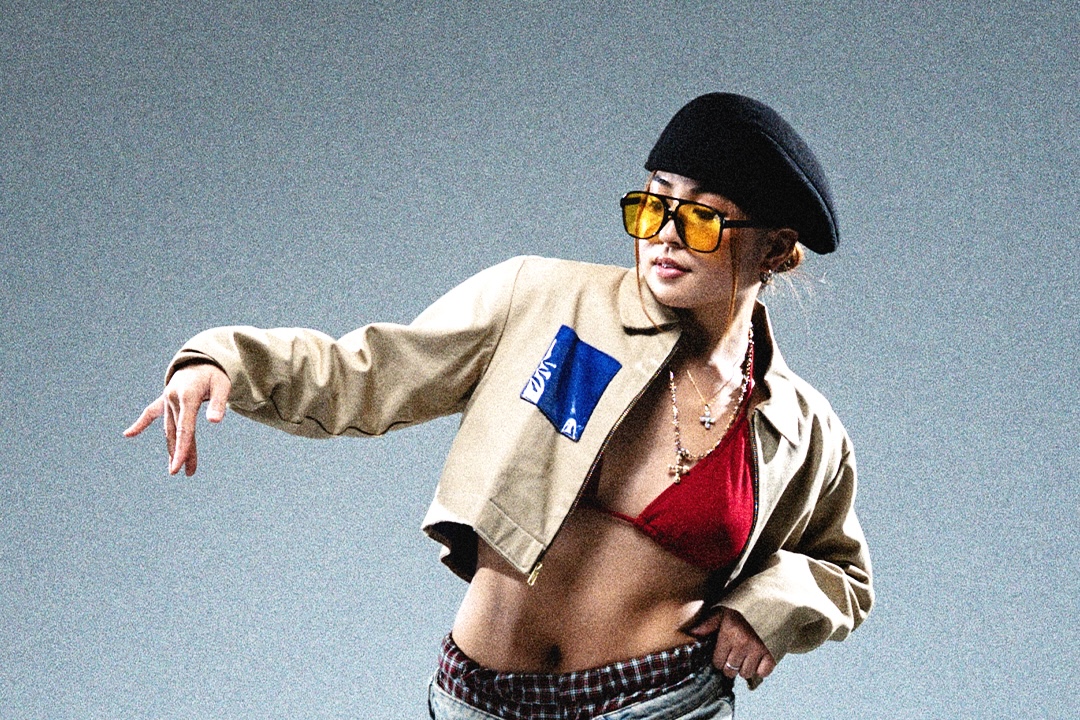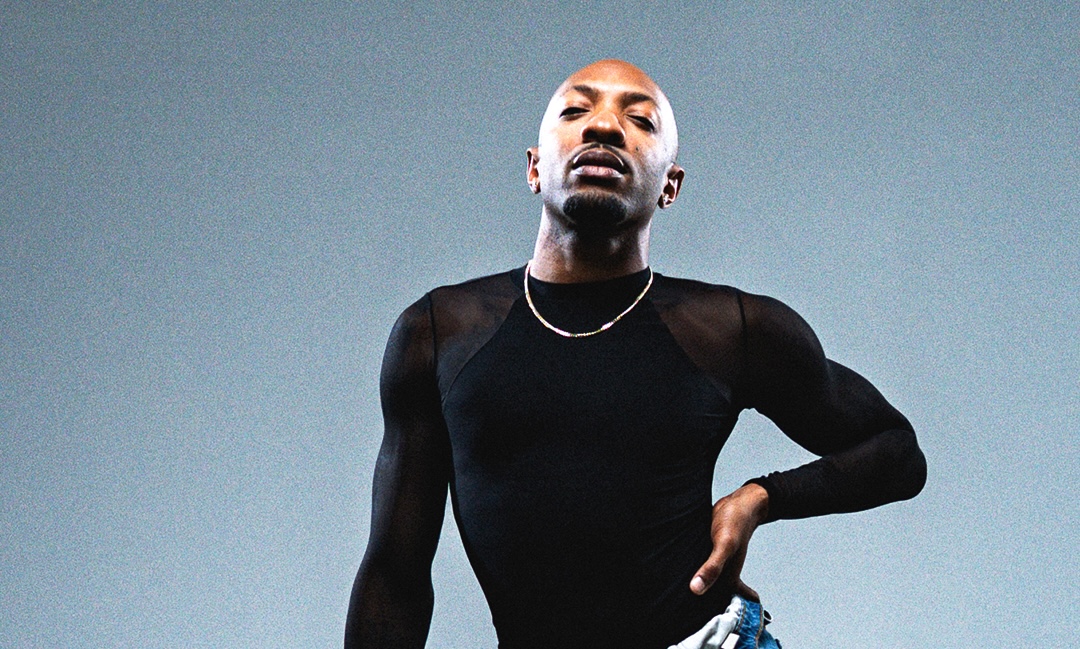Have you ever seen a video of yourself dancing and thought:
Wow, what am I doing with my face?
Yup, we’ve all been there.
Most of us are taught that adding facials (AKA working on your facial expressions) is a part of the training process that comes at the end.
However, facials are actually an important piece of the puzzle!
We use our entire bodies to dance.
Is your face not a part of your body?
Exactly.
So if you’re struggling to figure out how to make your face a part of your performance, here are four ways to incorporate them into your daily dance practice.
#1 LISTEN TO THE MUSIC
This piece of advice might just be the most overused four words in all of the dance community, but it’s overused and good advice for a reason.
The music is the source of inspiration and the starting point when creating choreography.
So when you’re working on your facials, concentrate on the actual lyrics of the song.

Your goal is to understand the musician’s emotions, then convey those emotions on your face while you dance!
If the artist is telling a powerful, emotional story through their song, practice facial expressions that convey anguish, heartbreak, and anger in the mirror.
Or if the artist sounds triumphant and proud when they sing a certain line, practice a look of pride in the mirror by giving a confident smirk.
And once you’ve practiced these expressions a few times, try adding them into your run-throughs of the choreography.
P.S if you’re not sure what facial expressions to make, imagine you’re a character in a movie. What would be happening in this scene while this song is playing?
This is an exercise that Contemporary dancers love to use, and since they're masters of storytelling, you can rely on their facial expression expertise when you're doing any dance style!
If you're not sure how to tap into the story, check out Karen Chuang's "Intro to Contemporary" dance program on STEEZY Studio for free!

#2 MAKE SURE YOUR FACIALS FIT
Once you understand the song’s emotions and the story that you’re trying to tell, your next step is understanding when to serve those matching faces.
It’s all about finding your moment.
Let’s say you’re dancing to a song that’s all about being a bad b*tch who’s flexing on her haters… but the song starts out with lyrics about how the musician used to be insecure and picked on.
You probably don’t want to start dancing with a super confident look on your face, right? Instead, save that facial for the inevitable chorus where the musician’s belting about how she overcame those haters and now she feels amazing.
You also want to make sure that you use facials when the music itself has something to say.
For example, in an Adele song, great facial moments might happen when the music swells, the pace gets a bit faster, or when her high notes and ad libs come in a bit stronger.
There are also some music artists who are, as we say in the dance community, more conversational.
This could include the intros of many Hip Hop and R&B songs that start with the artist talking.
Think the intro to Usher’s “Let it Burn” or the bridge in Britney Spears’ “Oops I did it again.”
These are great moments to embody a character and practice connecting with your audience through your facial expressions.

#3 AVOID THE PANIC FACE
Now that you’ve spent some time perfecting great facials, the next step is ensuring that your facial performance goes smoothly.
Because, trust me, we’ve all had that experience of doing something a million times in practice, then panicking/messing up the moment we have to perform.
And that brings… the panic face.
It’s the one that shows up right after you make a mistake mid-performance!
You have to remember that your audience has no idea what the “CORRECT” choreography for any performance is supposed to be.
They’ll only know that you messed up by your facial expressions.
The best practice to avoid “panic face” is trial and error.
During your normal daily dance practice, notice what faces you immediately make after messing up.
If you’re not sure what you look like, try videotaping yourself when you’re in the process of learning a new piece!
Then try to turn that “mess up face” into an expression that does not give away the fact that you just messed up – this face can be blank, it can be a confident, “psh, that didn’t even happen” face, or it can even be a moment where you look away from the audience while you regain your composure.

Looking for more performance tips? Check out 7 Easy Ways To Kill It On Stage
#4 LET IT COME NATURALLY
All of this time you’ve spent choreographing your face can help you create a more memorable performance, but at the end of the day, the best performances are the ones where you lose yourself in the moment!
Forced expressions will feel over the top.
So if you watch yourself perform and the facials look out of place, take a step back and tone it down by doing a few run-throughs of the choreography where you’re not thinking about when to use facials.
This time, the practiced facials that feel “right” should appear on your face regardless, while the ones that don’t feel authentic should fall away from your routine.
Again, trial and error is your friend.
Pay attention to how you’re actually feeling when you dance and just let your face reflect those feelings!

—
I hope this guide to facials is helpful for your dance journey!
Dance is a full body activity.
You don’t have to relegate facials to the end of your learning process.
Let your face show how you feel. :)










